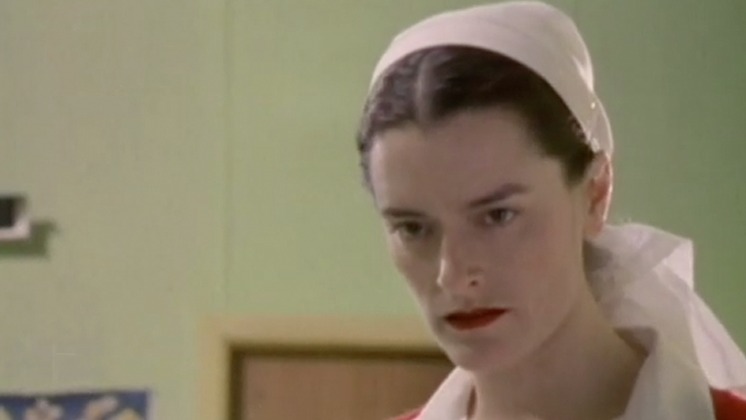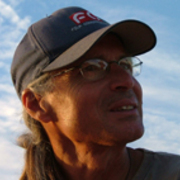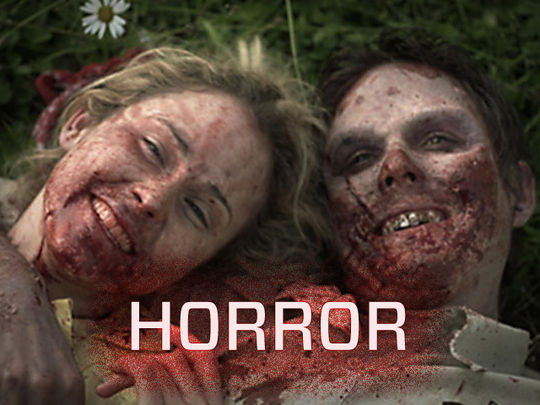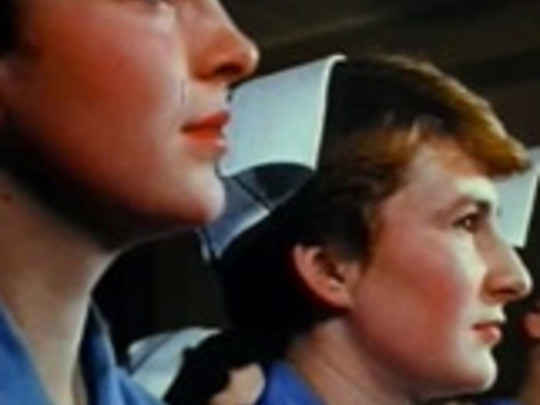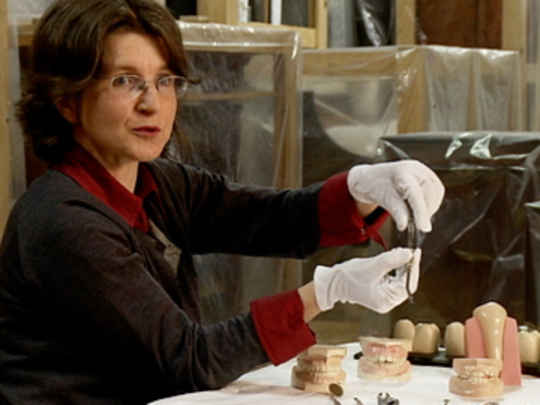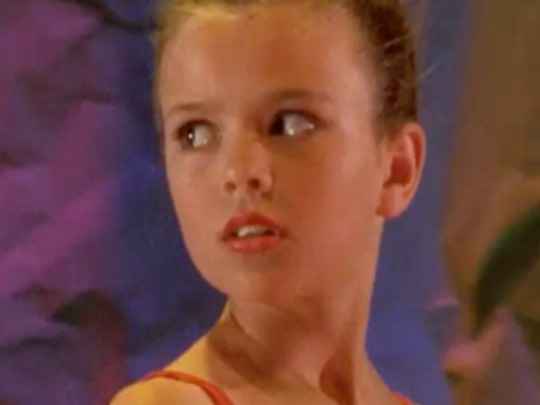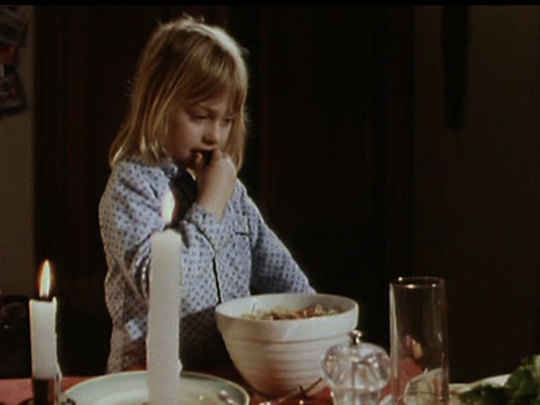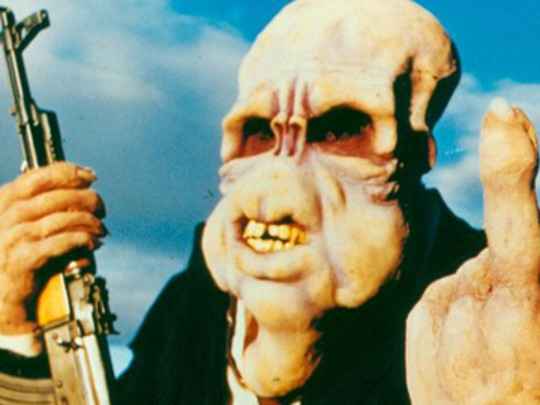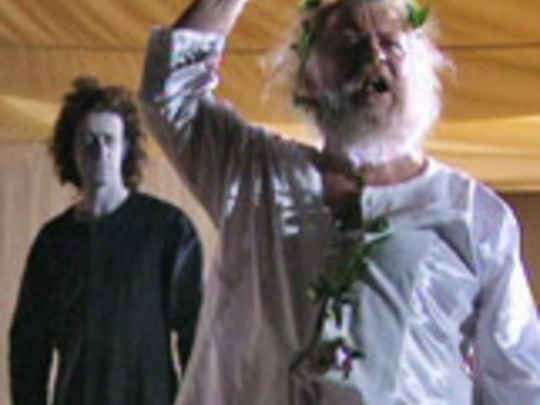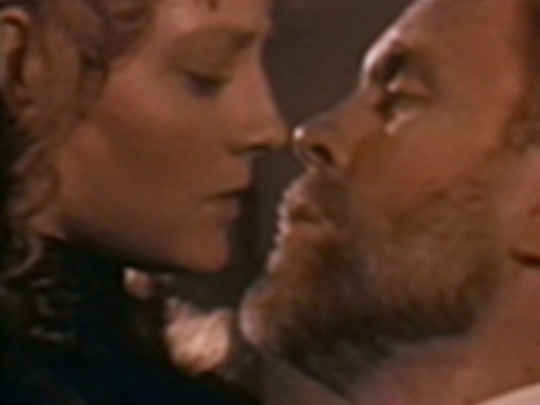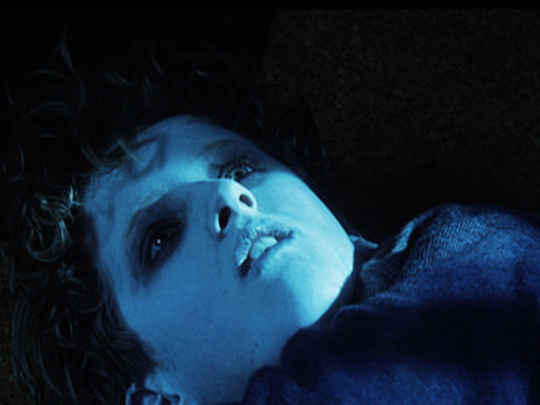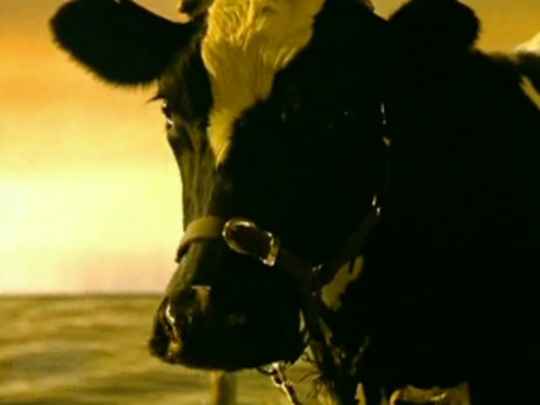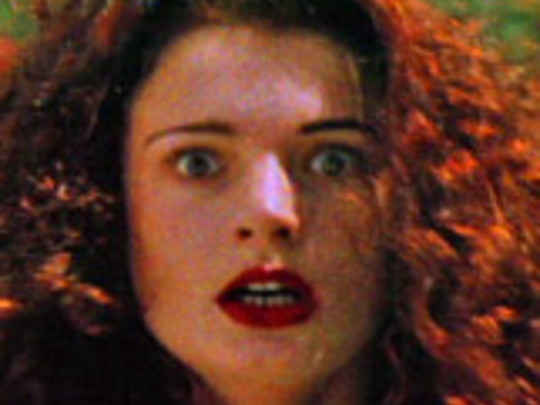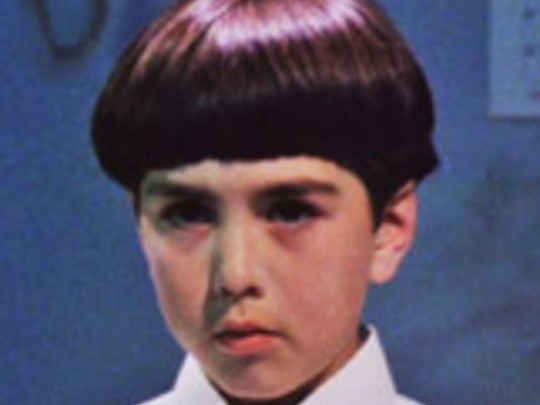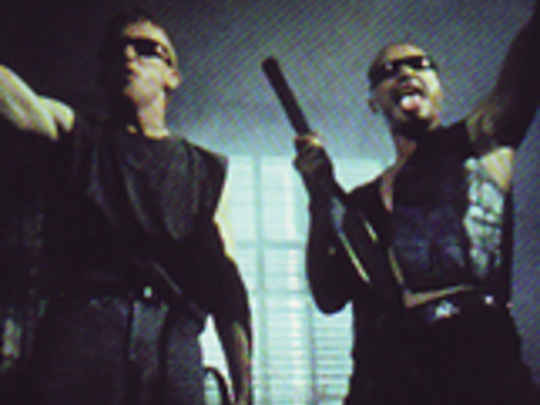The Murder House
Short Film (Full Length) – 1998
The Game of Filmmaking
In this unpredictable world, one thing often leads to the next. I'd recently been directing a documentary about a rip-snorting production of King Lear. My main focus was lead actor Ian Mune, as he struggled and bellowed and grabbed the play by the neck. In between moments when he wasn’t being the King or a madman, I chatted to him about his movie of The End of the Golden Weather — and directing kids. He fixed me with that hard stare, and lowered his voice. "You can’t negotiate acting with children. You have to make it a game, or they’ll turn against you…and they’ll win!”
That’s what got me through the directing gig on The Murder House — that, and shamelessly using what I learnt from observing directors Anna Marbrook and Christian Penny, as they playfully wrestled the rehearsals of King Lear over nine weeks in Auckland. They’d been using a concept of kids' games for adults, to warm up the actors; I thought 'why not kids' games for kids?'
I mean what could go wrong?
Having done lots of TV commercials, I knew that casting the 'extras' was just as important as the main cast. This short film was no exception — casting the classroom as more than just a bunch of background extras was the key to making the film feel authentic, and I put a huge amount of energy into this task. Remembering Mune’s words, I got the kids to inhabit their characters as a game of play of ‘kids at school’. This was a breakthrough for me, and I think for the children, who auditioned for the classroom roles. The key seemed to be about finding the goofy kid, and making them the leader; swapping the dynamic of the roles about...background cast up front, and up front down the back… or simply make the shy kid the centre of the tableau.
I think we made it a game. I hope we did. And once we'd played and formed into a team, we were capable of being totally focused. The next victim’s name would arrive in the envelope that the previous kid/victim had brought back to the classroom. Focussing every eye on this letter was key to the set-up which bookended the film.
Having been a kid at school in Gisborne in the 1960s, I certainly knew the story that Ken Hammon had written. Every Kiwi kid had lived it. The next dental victim tends to be in alphabetical order; having a surname that begins with 'A' had its advantages, but also a downside. I was always first, and lived with the horror that every time the classroom door opened, it could be an envelope with my name on it.
I hadn’t cut a drama with editor John Gilbert, but we’d played with drama sequences during the editing of In the Shadow of King Lear (and one thing leads to the next). I loved the way John explored the rushes, and found the inner heart of the material before the knife went in.
John assembled to the millisecond every breath and nuance of Ken Hammon's screenplay, then imposed a 1950s Hollywood horror music track on top. We cut to the Night of the Living Dead score. Brilliant! I've always said the composer and the director of photography are working in the same creative space. And I reckon this film is good proof of that — but way beyond my expectations. Jeremy Dempsey’s score embellished the horror even more. Every step of the process made the end result better.
Eight-year-old James Ordish played Sid. I'd treat him as James when I picked him up each morning, for the drive to the Hutt Valley school where we filmed, or the dental nurse's set in Wellington. But as soon as he went into make-up and wardrobe, I'd start calling him Sid and the game would begin. James would respond and become the Sid character. He was perfect, and a gift to the project.
- Warrick 'Waka' Attewell is a cinematographer who has been known to direct. He won an NZ Film and Television cinematography award for Ian Mune's feature The Whole of the Moon.
